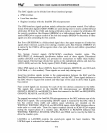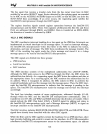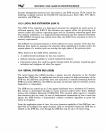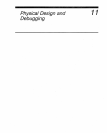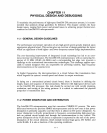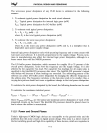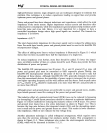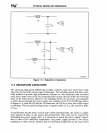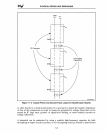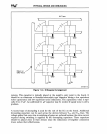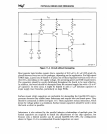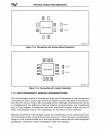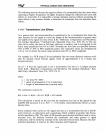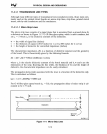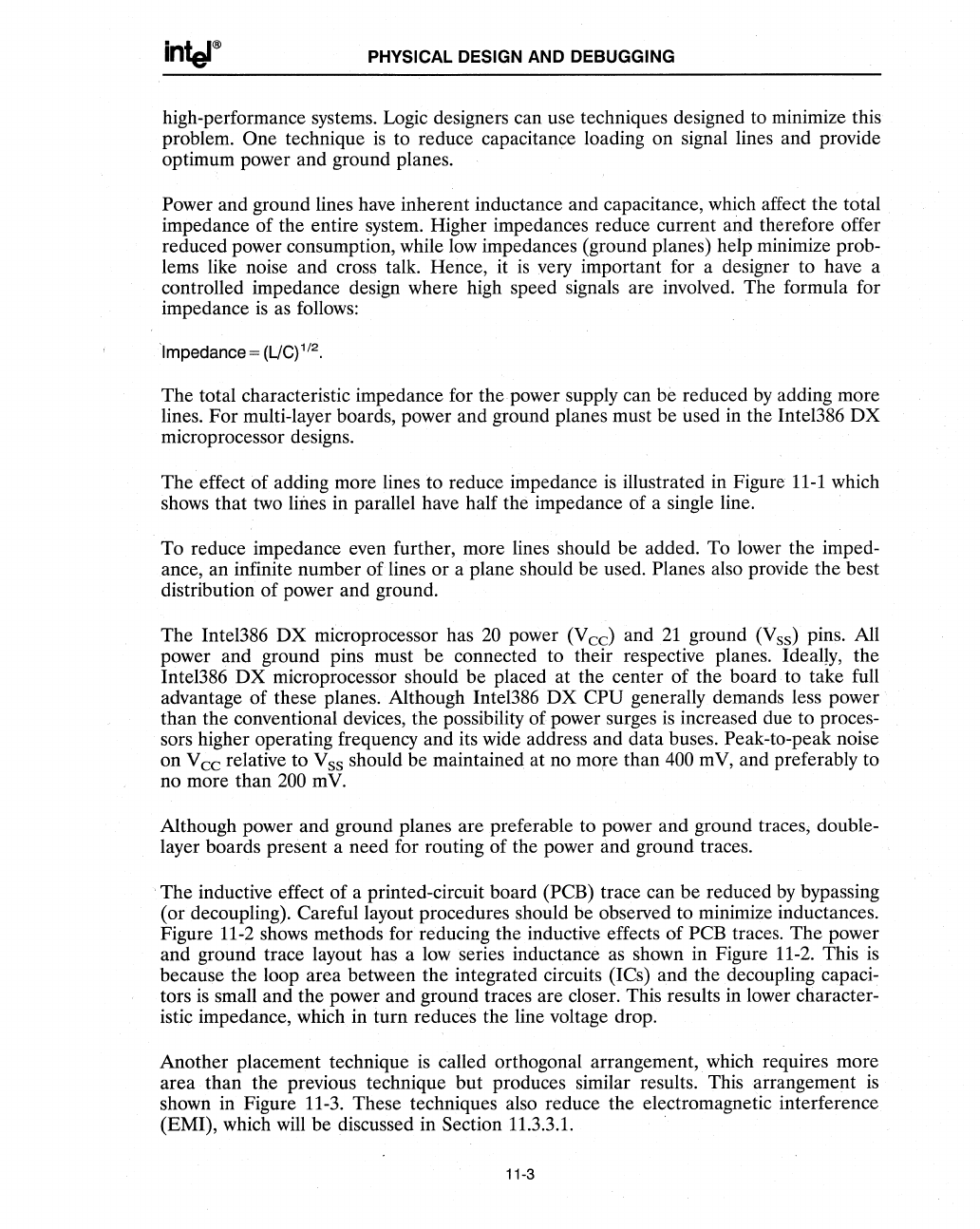
PHYSICAL DESIGN AND DEBUGGING
high-performance systems. Logic designers can use techniques designed to minimize this
problem.
One technique
is
to reduce capacitance loading on signal lines and provide
optimum power and ground planes.
Power and ground lines have inherent inductance and capacitance, which affect the total
impedance of the entire system. Higher impedances reduce current
and therefore offer
reduced power consumption, while
low
impedances (ground planes) help minimize prob-
lems like noise and cross talk. Hence, it
is
very important for a designer to have a
controlled impedance design where high speed signals are involved. The formula for
impedance
is
as
follows:
'Impedance = (ljC)1/2.
The total characteristic impedance for the power supply can be reduced
by
adding more
lines. For multi-layer boards, power and ground planes must be used in the Inte1386 DX
microprocessor designs.
The effect of adding more lines to reduce impedance
is
illustrated in Figure
11-1
which
shows that two
lilies in parallel have half the impedance of a single line.
To reduce impedance even further, more lines should be added. To lower the imped-
ance, an infinite number of lines or a plane should be used. Planes also provide the best
distribution of power and ground.
The Intel386
DX
microprocessor has
20
power
(Ved
and
21
ground (Vss) pins. All
power and ground pins must be connected to their respective planes.
IdealJy, the
Inte1386
DX
microprocessor should be placed at the center of the board to take full
advantage of these planes. Although Inte1386
DX
CPU generally demands less power
than the conventional devices, the possibility of power surges
is
increased due to proces-
sors higher operating frequency and its wide address and data buses. Peak-to-peak noise
on
Vee
relative to Vss should be maintained at no more than
400
mY, and preferably to
no more than
200
m
V.
Although power and ground planes are preferable to power and ground traces, double-
layer boards present a need for routing of the power and ground traces.
'The
inductive effect of a printed-circuit board (PCB) trace can be reduced
by
bypassing
(or decoupling). Careful layout procedures should be observed to minimize inductances.
Figure
11-2
shows methods for reducing the inductive effects of PCB traces.
The
power
and ground trace layout has a low series inductance
as
shown in Figure
11-2.
This
is
because the loop area between the integrated circuits (lCs) and the decoupling capaci-
tors
is
small and the power and ground traces are closer. This results in lower character-
istic impedance, which in turn reduces the line voltage drop.
Another placement technique
is
called orthogonal arrangement, which requires more
area than the previous technique but produces similar results. This arrangement
is
shown in Figure
11-3.
These techniques also reduce the electromagnetic interference
(EMI), which will be discussed in Section 11.3.3.1.
'
11-3



